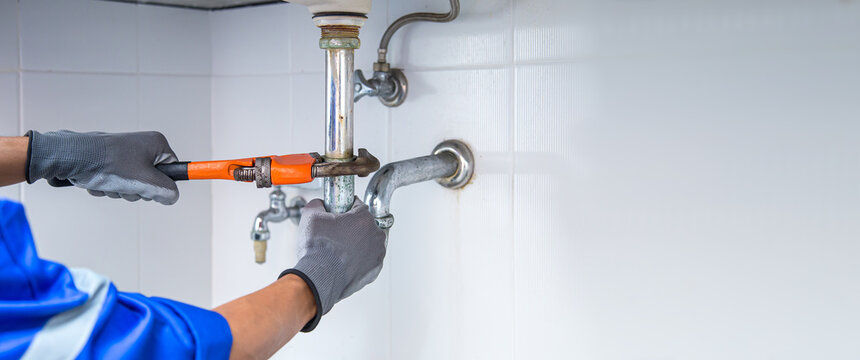The Basics of Heat Pump Installation: What You Need to Know
- Nearly Services
- Aug 10, 2023
- 3 min read
Introduction
Heat pumps have gained popularity as an energy-efficient and versatile solution for both heating and cooling needs in residential and commercial spaces. If you're considering a heat pump installation for your home, it's essential to have a basic understanding of the process. In this blog post, we will provide an overview of heat pump installation, exploring the different types of heat pumps available, assessing your home's heating and cooling needs, sizing considerations, energy efficiency ratings, the installation process, safety compliance, and post-installation maintenance.
Introduction to Heat Pump Installation: A Brief Overview
Heat pump installation is the process of setting up a system that transfers heat from one place to another, providing both heating and cooling functions for indoor spaces. It utilizes refrigerant to extract heat from the air (or ground) and pumps it into the desired space during winter, and reverses the process to cool the area during summer.
Understanding Heat Pumps: How They Provide Both Heating and Cooling
Unlike traditional heating and cooling systems, heat pumps work by moving heat rather than generating it. They use a cycle of compression and expansion of refrigerant to absorb heat from the air or ground and release it into the indoor space.
Heat Pump Types: Air Source, Ground Source, and Ductless Options
There are various types of heat pumps to choose from, including air source heat pumps, ground source (geothermal) heat pumps, and ductless heat pumps. Each type has unique advantages, and the choice depends on factors such as climate, available outdoor space, and budget.
Evaluating Your Home's Heating and Cooling Needs
Before selecting a heat pump, it's crucial to assess your property's heating and cooling requirements. Factors like square footage, insulation, and local climate influence the size and capacity of the heat pump needed for efficient operation.
Sizing the Heat Pump: Matching Capacity to Your Space
Proper sizing is crucial to ensure optimal performance and energy efficiency. An undersized heat pump may struggle to heat or cool your space adequately, while an oversized unit can lead to frequent cycling and increased energy consumption.
Assessing Energy Efficiency: SEER and HSPF Ratings Explained
Energy efficiency ratings play a significant role in choosing the right heat pump. SEER (Seasonal Energy Efficiency Ratio) measures cooling efficiency, while HSPF (Heating Seasonal Performance Factor) indicates heating efficiency. Higher ratings signify better energy performance.
Preparing Your Home for Heat Pump Installation: Necessary Steps
Preparing your home for heat pump installation involves clearing the installation area, ensuring proper electrical connections, and considering any modifications required to accommodate the system.
The Installation Process: A Step-by-Step Guide
The heat pump installation process includes mounting the indoor and outdoor units, connecting refrigerant lines and electrical wiring, and testing the system for proper operation. Professional installation ensures safety and efficient performance.
Safety and Compliance: Ensuring Proper Installation
A qualified and certified HVAC technician will ensure that the heat pump installation adheres to safety standards and local building codes to prevent any potential hazards.
Post-Installation Considerations: Maintenance and Long-Term Care
Regular maintenance and proper care are essential to prolonging the lifespan and efficiency of your heat pump. Tasks like cleaning filters, inspecting coils, and checking refrigerant levels should be part of a routine maintenance schedule.
Conclusion
Heat pump installation is a significant investment that provides year-round comfort and energy efficiency. By understanding the basics of the installation process, considering various factors, and ensuring professional installation and maintenance, you can make the most of your heat pump system, enjoying reliable and cost-effective heating and cooling for your home or business.







Comments